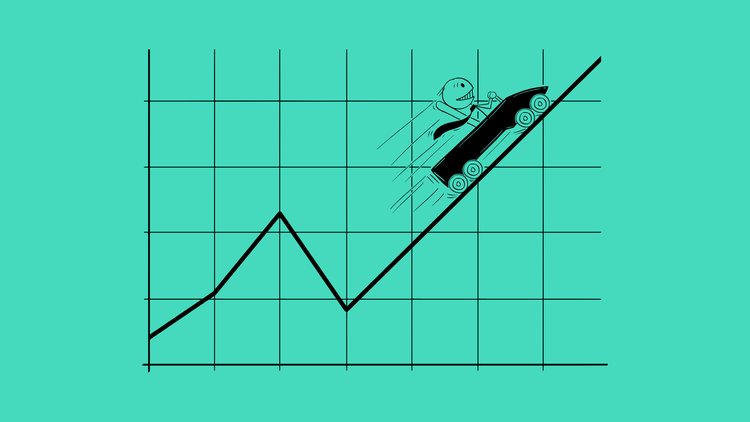Walking Capitalism
Cyclists Spend 40% More In London’s Shops Than Motorists
The research reveals that those not in cars spend 40% more each month in neighborhood shops than motorists.
There’s one thing social networks can never replace: physical interactions between people.
Statistically, human interactions, whose frequency correlate to physical proximity, happen most often in cities. They result in enormous social and economic benefit.
Indeed, since the ancient marketplace, physical proximity has powered the history of commerce.
It’s why stores pay more money for ground-level real estate. It’s why people enjoy wandering in and out of shops.
So it makes sense that walkers, bicyclists, and those who use public transportation spend more money locally than drivers.
Extending this idea would, in principle, mean walking (New York) or biking (Boulder) cities have at least some meaningful structural advantages over “driving cities” like Los Angeles.
Those advantages go beyond commerce.
All else equal, walking cities should be healthier and more sustainable. They should have deeper social connections. They should be better places to live.
That’s not always the case, of course, but as the world becomes more digitally connected, I’m betting on a large-scale rejuvenation of local culture, commerce, and security.
It starts with one step.





